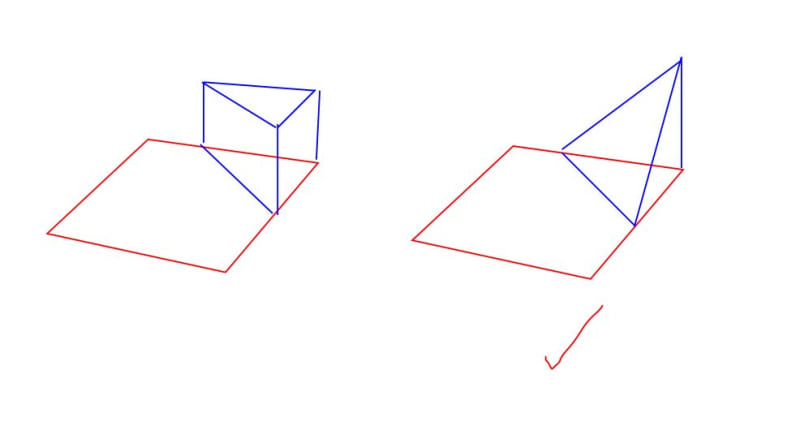Hello
Im trying to calculate stresses in SLS for a bending square section in reinforced concrete.
It involves to find the neutral axis which is possible with static moment equation.
Here is the distribution of stresses for a square section in diagonal plan from a book:
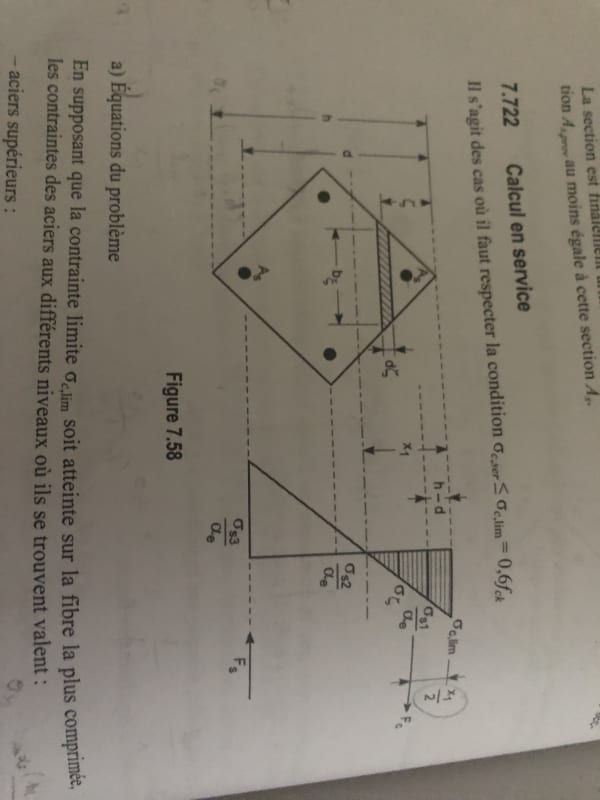
First, I don't understand why the effort Fc is located at x1/2 from neutral axis. The distribution of stress is triangular so why the effort is not located at (2/3)*x1 from neutral axis?
Then here is the equation of static moment from the book :
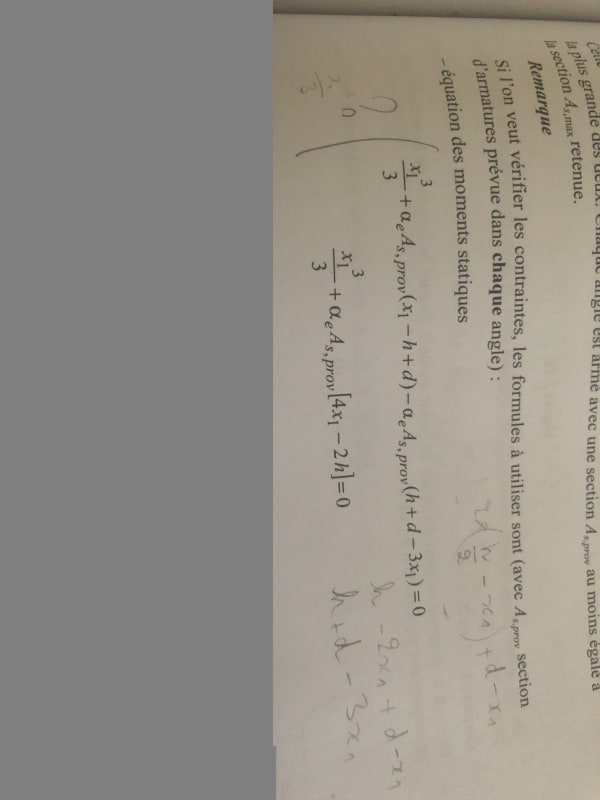
I don't find the same result because if we say that Fc is at x1/2 we should have x1^3/6 and not x1^3/3, right?
Thank you for your help.
Im trying to calculate stresses in SLS for a bending square section in reinforced concrete.
It involves to find the neutral axis which is possible with static moment equation.
Here is the distribution of stresses for a square section in diagonal plan from a book:

First, I don't understand why the effort Fc is located at x1/2 from neutral axis. The distribution of stress is triangular so why the effort is not located at (2/3)*x1 from neutral axis?
Then here is the equation of static moment from the book :

I don't find the same result because if we say that Fc is at x1/2 we should have x1^3/6 and not x1^3/3, right?
Thank you for your help.

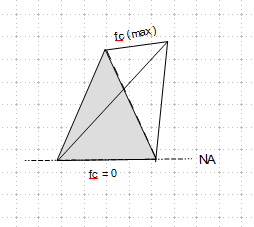
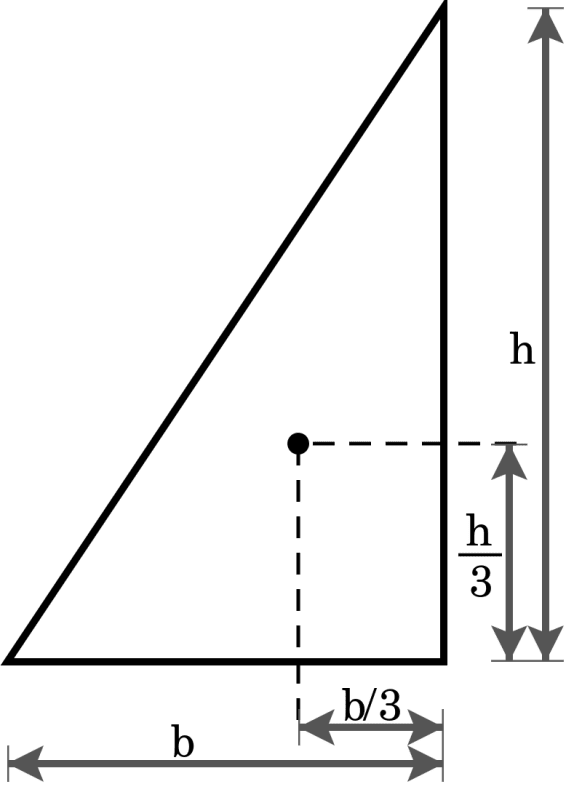
![[3eyes] [3eyes] [3eyes]](/data/assets/smilies/3eyes.gif)
